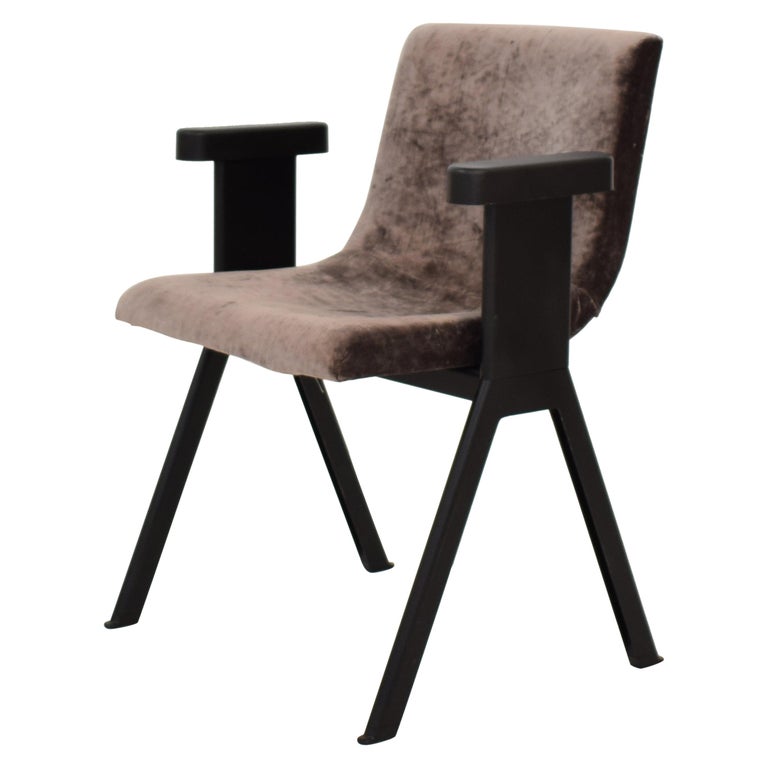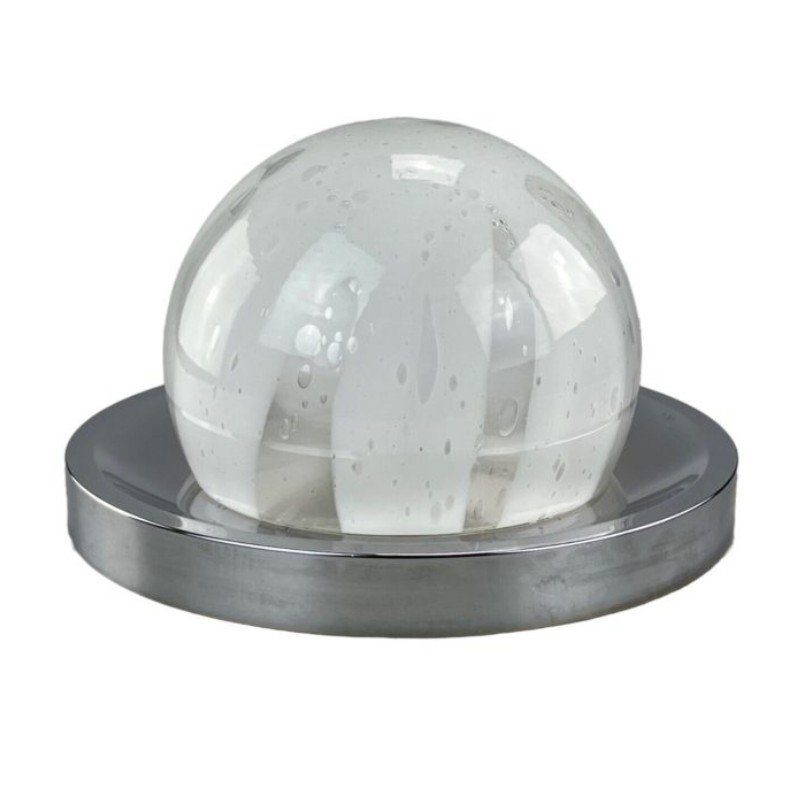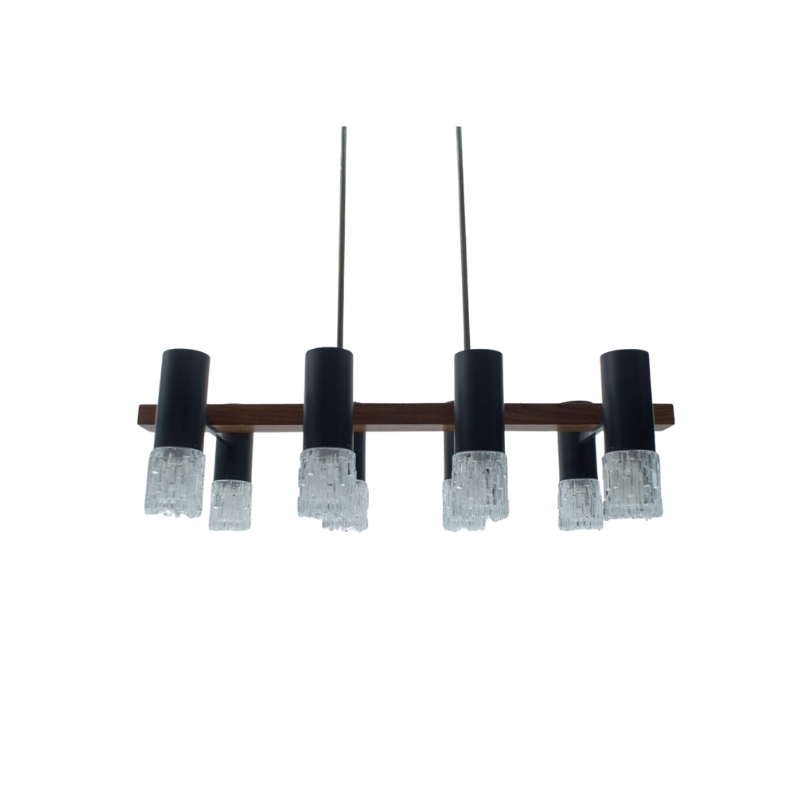I have used shellac, but only as an initial pass on solid rosewood, because it seals the wood isolating the anti-oxidants in the oil in the rosewood from the oil finish that I will put on top of the shellac, so the oil finish can be guarantee to dry (via oxidation).
I suppose you could use a water based gel stain as a first coat. I've never used such a thing. Does it even exist?
Yes, Minwax makes a water based stain. It was this thread from several years ago -- Selig Z chair- wood ID? -- that made me wary of attempting to stain beech, but maybe the issue was the stain rather than the wood? Not sure. Note the ebonized chair in the thread -- quite beautiful but I'd really like to keep it lighter if I can.
If the current finish is decent-enough or at least not failing, putting a new coat of tinted lacquer on there would be the easiest. Well, a gel stain might be easier, but sprayed lacquer would be better. You can get cans in any color from Mohawk or similar vendors. For a gel stain, simply scuff sand the current finish with like 320 or 400. Then you just wipe the stain on and wipe it off to your satisfaction. Gel stain has a binder in it, similar to paint, that allows you to lay it on thick. I use Old Masters products and they work well. Some gel stains will start to tack pretty quick, so the typical instruction is to work in small areas. For the spindles, that might be good advice.
I'd suggest that if you went the gel route, you do it in thin coats. Let each dry for a day or two. That will give you more even coverage and less possibility of gumming it up and having to wipe it all off with spirits and start over.
If you do strip, it will be a pain but the end result will look nicer, providing you use a dye to color the wood. Probably you don't need to do that.
Don't attempt shellac unless you are some kind of French Polish master. It won't work for you.
I'm not an expert refinisher but one thing that I've learned through experience is that applying a different finish on top of an existing one where some areas have no finish can be dicey. The worn areas may end up different in color than the areas that still had original finish. NOTE: I say "may". Maybe it'll all be one perfectly even color that looks totally natural, if you're lucky.
Regarding Mohawk brand tinted lacquer: will the pigments start to obscure the grain at some point or is the color shear enough that that's not an issue? I have never used a tinted lacquer so I really don't know.
I too would like to see well-lit, well-focused closeups of the worn areas.
Wow, thanks for all the great info! I've attached several pics of the Worst_Part, which is at the top of one of the posts (back, right side) where the end of the grain is exposed. In the Really_Close pic, you can see where the finish appears to be gone. Even where the finish has worn off, it doesn't look like there's been water damage -- it's just that the wood is exposed. The rest of the frame looks like the Good_part. The back and spindles have virtually no wear.
What do you think?
Thanks again for all the insights. They're much appreciated.
That looks like lacquer that is flaking off. Lacquer doesn't wear off evenly the way varnish or oil does. It chips or flakes off in bits.
If it was my chair, I'd be tempted to strip all the lacquer off with lacquer thinner (it will dissolve immediately, then you just wipe it off) and then finish with whatever will give it the desired color. I don't know if that's gel stain or tinted spray lacquer or tinted oil but i'm sure there's something that will look very close to the original.
Or I might just leave it. It's a vintage chair and it's ok for vintage things to show some age! It's part of their character. Many people value wear.
I just refinished two of these chairs. They were in the original walnut finish and then painted a glossy black when the original owner got "tired" of the walnut.
So, first thing is that they come apart, which makes it much easier to refinish them. There should be a couple screws in the seat, and once those are removed the arms, back, seat, and a couple other parts have keyholes that allow you to disassemble. I can take photos when I get home tonight to show you an example, though there may be some on the boards.
Second, if you choose to refinish them, they are solid wood and not veneer. So you can use a random orbital sander on most areas (100 grit or 150 grit) and then hand sand the other areas. The spindles are a giant pain in the ass and my husband used a mini belt sander to do them, which worked quite well.
Third, they are made from beech, which is known to be a blotchy wood that takes stains unevenly. There are a ton of opinions on how to deal with this issue, but I found this video from the Wood Whisperer very useful.
https://www.youtube.com/watch?v=UjwgaADLr9w
We followed this technique (1:1 shellac to alcohol) and then used General Finishes Gel-Stain in Antique Walnut. It went on pretty flawlessly (couple places needed some touch up, but nothing awful). Now we're in the process of spray lacquering the various parts and we'll then reassemble.
Just to be clear, refinishing these chairs has taken a while. I don't regret it, but it was a lot of work. If you only have areas where the lacquer is flaking, you may be able to do your own spot repairs. Lacquer is designed to sort of melt into itself and bond, which makes it one of the most friendly finishes for spot repairs. The only issue I see if you choose to do that is that it is a toned lacquer finish. So if you cannot match the tone in the original lacquer, you're going to have color differences and it will be really obvious. Good luck!
Update on the chair: I've taken Spanky's advice and am stripping the finish with lacquer thinner. It's working beautifully! All of the "worst" areas in the above pics have been stripped and the color of the wood is very even -- can't tell the places that had lacquer from those that had flaked off. I probably haven't removed all of the lacquer, so my next step will be to sand lightly with steel wool and try a clear spray lacquer.
I'll post new pics soon!
If you need any help, please contact us at – info@designaddict.com









